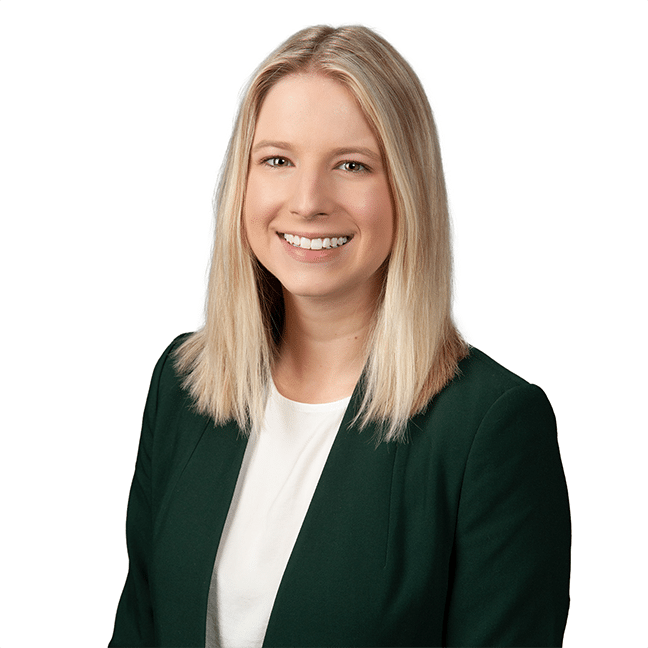Providing timely access to healthcare is the strongest predictor of patient satisfaction and is a key marker of high-performing medical groups. However, timely access to care remains a persistent issue for medical groups as providers navigate the delicate balance between supply and demand to fulfill patient needs. Standardizing appointment lengths, balancing template standardization and provider preferences, and addressing unfilled appointments, no-shows, and cancellations are effective ways to improve patient access.
1. Standardizing Appointment Lengths
Patients should always feel that they have enough time with the care team to address their concerns and ask questions regarding the care plan and path forward. Fortunately, providers can achieve this while still effectively staying within appointment lengths. The length of appointment slots for patients should generally be standardized for all providers within the same specialty, such as 10-minute slots for existing patients and 15-minute slots for new patients.
To stay within the scheduled appointment time, providers should delegate tasks to clinical support staff as much as possible. Tasks providers typically delegate include room preparation, patient preparation, and patient education. For patients with a long list of concerns, providers should consider scheduling a follow-up appointment as necessary to ensure all the patient’s concerns can be addressed. According to the American College of Physicians, “when the [patient’s] add-on list is long, the physician must learn to politely schedule additional time at another appointment – otherwise everyone suffers.” For patients with multiple concerns, addressing areas in order of priority and/or level of acuity will help ensure the appointment ends on time and the schedule stays on track for the remainder of the day.
2. Balancing Template Standardization and Provider Preferences
Provider templates and schedules should be created in a standardized way while also balancing provider preferences and meeting patients’ needs. Providers can typically gain efficiencies by seeing similar types of patients back-to-back. According to the American College of Physicians, scheduling multiple “straightforward follow-up visits may enable a physician to work through the group quickly and thus gain time in the schedule for more complex patients later in the day.”
3. Addressing Unfilled Appointments
High-performing organizations typically see at least 80% of appointment slots filled, but this can vary by specialty. For example, according to the American Academy of Family Physicians, “the ideal fill rate in a primary care practice is usually about 90 to 95 percent.” Best practice is to review the provider schedule and templates at least quarterly to ensure schedules are filling appropriately and then adjust the schedule to best meet patient demand.
Oftentimes providers are not fully aware of how their template is structured and filling, so it becomes important for operational leadership to frequently review and revise templates with providers. Pay attention to any barriers providers may be facing when it comes to adequately filling their schedule – and then develop a plan to mitigate those issues. One common barrier you may find is that certain appointment types are not consistently filling. For example, if a provider has a template that consists of mostly “established patient” slots that are not filling, you may want to add more “new patient” slots to the provider template to appropriately align with patient demand.
If a specific appointment slot does not fill 48 hours prior to the appointment, it is best practice to open the slot to any patient type. It is always better to provide care to a patient in need than to leave an appointment slot empty. Utilize technology to notify patients that an earlier appointment is available and keep a waitlist to allow scheduling staff to maximize provider schedules each day.
4. Addressing No-Shows and Cancellations
Another barrier to be mindful of is a provider’s cancellation/no-show rate. Maintaining a no-show rate below 7% is best practice. To meet this standard, be proactive and utilize several different strategies, beginning with having administrative staff make confirmation calls and send texts to patients two nights prior to their upcoming visit. Additionally, pay attention to common timeframes when there is an increase of no-shows. For example, if a provider consistently has an increased rate of no-shows at 1:00 PM, it would be appropriate to add another patient slot during that time to proactively backfill any no-show appointments.
Impact Advisors’ Physician Enterprise Services can help you improve patient access, optimize your business operations, and reduce your costs. Using our proprietary tools and innovative methodologies, our team can develop clearly defined patient appointment slots that optimize your individual providers’ time and consider the natural variances between specialties.





